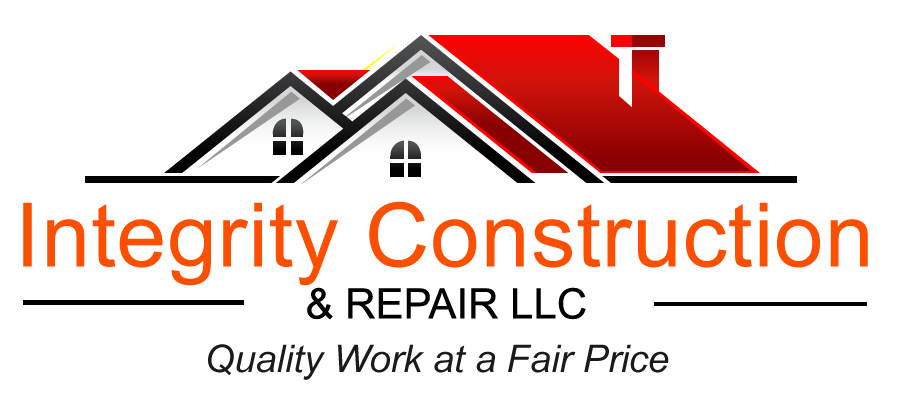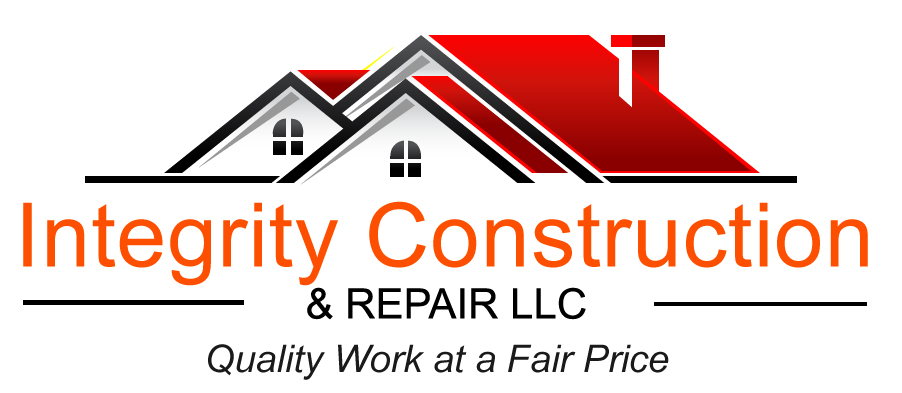



A flat roof can add modern flair and valuable square footage to your home or business, but it also comes with unique maintenance challenges. Over time, exposure to the elements can cause wear and tear, leading to leaks, pooling water, and costly repairs if left unchecked. Fortunately, with the right restoration techniques and regular care, you can extend the life of your flat roof and keep it performing at its best for years to come.
Flat roofs, while stylish and practical for many modern buildings, come with their own set of unique challenges that set them apart from traditional pitched roofs. Unlike sloped roofs that allow water to easily run off, flat roofs tend to collect rainwater, snow, and debris, making them more susceptible to pooling and leaks. This lack of natural drainage means that even minor damages or blockages can quickly escalate into significant water infiltration issues. Additionally, flat roofs are exposed to more direct sunlight and harsh weather conditions, which can accelerate the aging of roofing materials and cause cracks, blisters, or membrane damage over time. Insulation and ventilation can also be more complex to manage on a flat roof, potentially leading to energy inefficiencies or moisture buildup within the building. Understanding these unique challenges is the first step toward effective maintenance and successful restoration, ensuring your flat roof remains durable, leak-free, and able to withstand the elements for years to come.
Preventing leaks is one of the most critical aspects of flat roof maintenance. Regular inspections are key—ideally, you should check your flat roof at least twice a year, as well as after any major storms. Look for signs of pooling water, cracks, blisters, or punctures in the roofing material, as these can all lead to leaks if left unaddressed. Clearing debris, such as leaves and branches, prevents blockages in the drainage system, ensuring water flows away efficiently instead of accumulating and seeping into your building.
Additionally, keep an eye on roof penetrations like vents, skylights, and HVAC units, as these areas are common sources of leaks. Make sure all seals and flashings are intact and promptly repair any damaged or deteriorated sections. Applying a high-quality, weather-resistant roof coating every few years can add an extra layer of protection, extending the lifespan of your flat roof and helping to keep it watertight. By following these maintenance best practices, you can significantly reduce the risk of leaks and costly repairs, ensuring your flat roof remains durable and reliable for years to come.